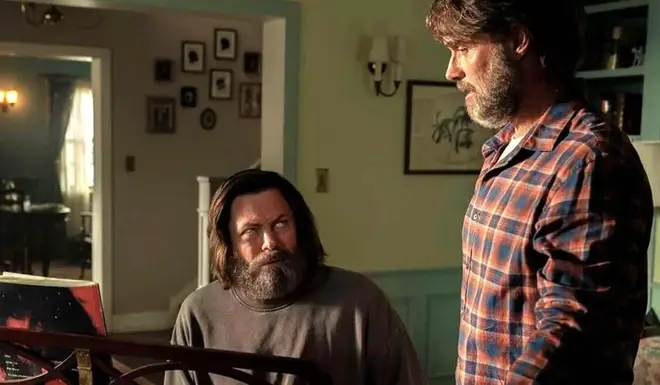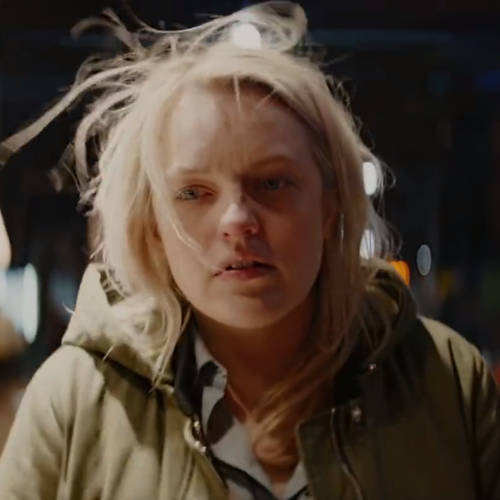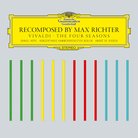What’s that tear-jerking string music in The Last of Us?
10 February 2023, 13:49 | Updated: 10 February 2023, 16:25

Watch the Last of Us trailer
Max Richter’s contemplative string-led work has become TV and cinema’s go-to tearjerker – here’s how it plays an important role in HBO’s The Last of Us (spoilers ahead).
HBO’s The Last of Us is the post-apocalyptic television series based on the best-selling video game of the same name.
From the Emmy award-winning creator of Chernobyl, it’s the story of a deadly pandemic caused by the Cordyceps infection, a fungal outbreak that has led to a societal collapse.
The show takes place after the beginning of the pandemic, when most of the population are zombified, or dead. Those still alive resort to extreme measures in an effort to survive, amid endless attacks from those infected, and violence from the dictatorial regime in power.
But let’s talk about the music.
In one of the tenderest, most heartrending moments of The Last of Us, we hear a familiar piece from the contemporary classical composer, Max Richter at the emotional climax of episode three. Here’s everything you need to know about the atmospheric music and its meaning.

Max Richter - On The Nature Of Daylight (Entropy)
What’s the piano music in episode three of ‘The Last of Us’?
The third episode of The Last of Us delves into the backstory of unlikely couple, Bill (Nick Offerman) and Frank (Murray Bartlett) – their first meeting many years ago, how they came to build a life together, and how they reached their final moments.
After we see them wed in a private ceremony, the montage cuts to Frank, who is now terminally ill and has decided he would rather leave his now-husband in peace.
They both take a sip of wine, which is drugged, and slip away in their sleep. Frank is unaware that Bill has come to the conclusion that he would rather die without his husband than try to survive the apocalypse alone.
During this heartbreaking montage of their last day together, Max Richter’s highly atmospheric ‘On the Nature of Daylight’ (2004) plays, its haunting strings concluding their love story and coaxing the listener into a state of melancholic calm. Daylight, for Bill and Frank, has come to an end.
Read more: The Handmaid’s Tale soundtrack: All the classical music featured in the hit Hulu show

What does ‘On the Nature of Daylight’ mean?
Richter has previously said the song is a protest against violence, specifically related to the Iraq war which was happening at the time of writing. It was an attempt, the composer has said, to create “luminous music out of the darkest materials”.
In 2019, the composer explained that the piece is also structured as a palindrome – ridden with internal symmetries, inspired by his studies of Renaissance music.
‘On the Nature of Daylight’, the centrepiece of Richter’s album The Blue Notebooks, is usually classed as modern classical, post-minimalist. Its slow, unison chords in the lower strings, creating that dense, solemn texture, alongside the soaring solo violin line, have made Richter’s work a poignant choice for moments of on-screen grief and contemplation.
Read more: The 50 best film scores of all time

Max Richter - Richter: On The Nature Of Daylight
What films does ‘On the Nature of Daylight’ feature in?
‘On the Nature of Daylight’ plays in Shutter Island as Leonardo DiCaprio’s character, widow Teddy Daniels, reflects on memories of his deceased wife Dolores (Michelle Williams) in a dream vision.
The Handmaid’s Tale makes use of the music twice, featuring it in a music video starring Elisabeth Moss, then again in the show’s Season 4 Finale, at a moving, climactic point of the story.
Perhaps its best-known on-screen moment is in Arrival, in one of the best science fiction scenes of recent times featuring a heartbroken Amy Adams.




